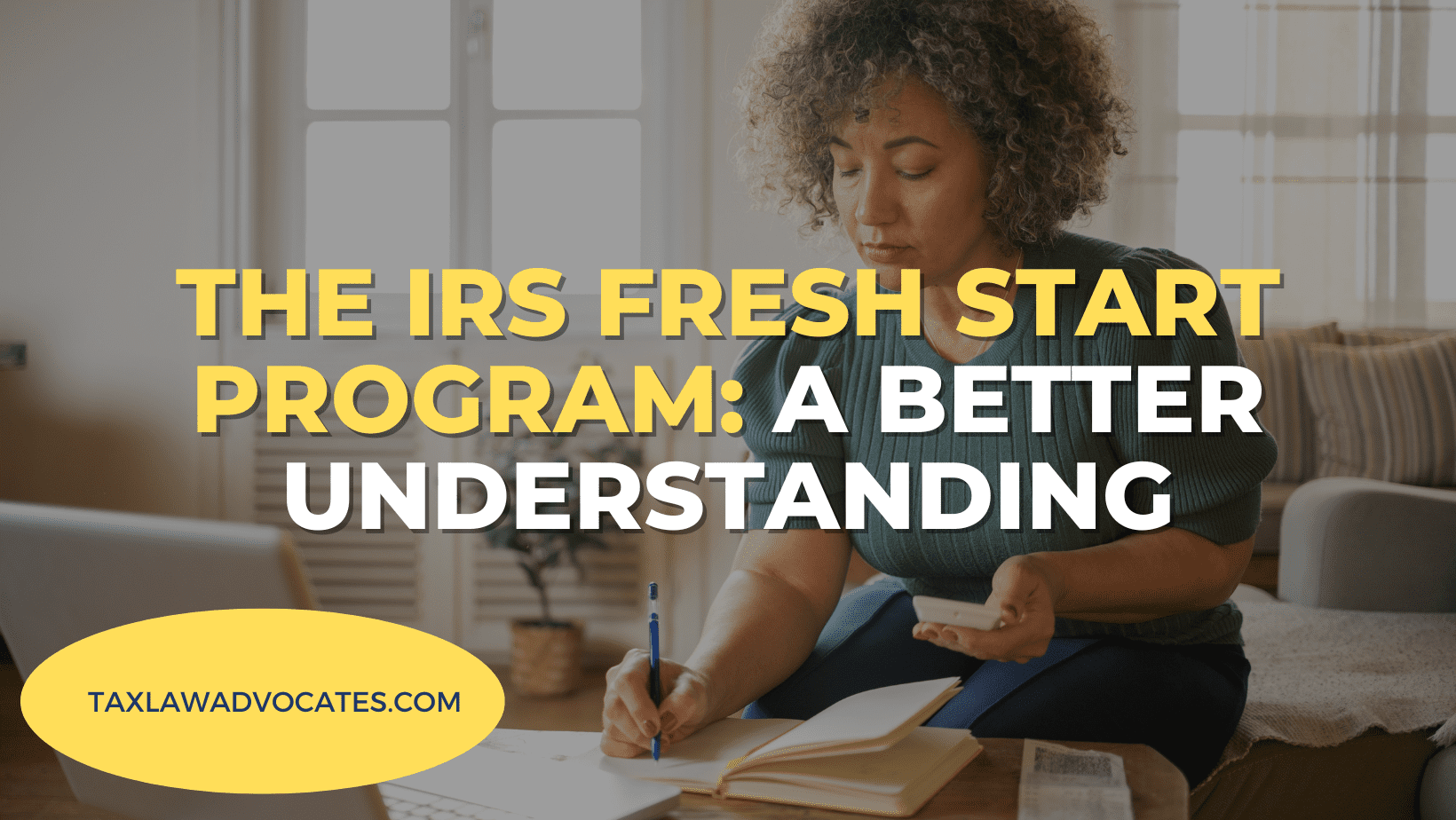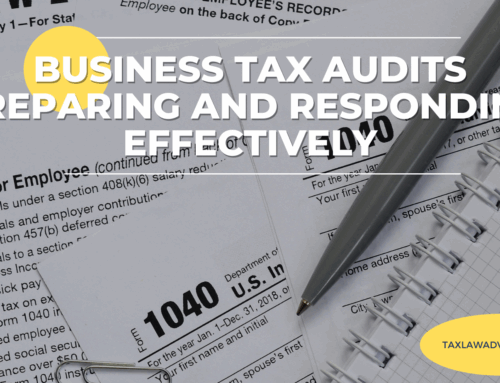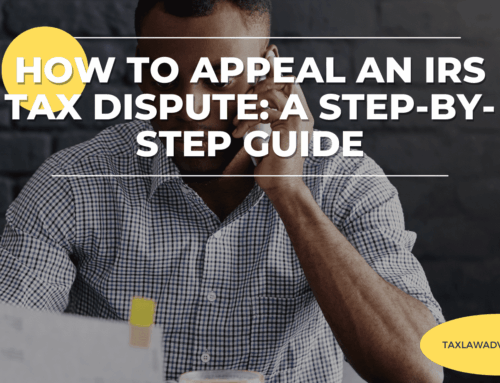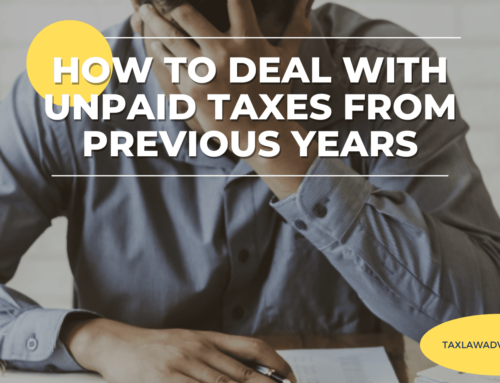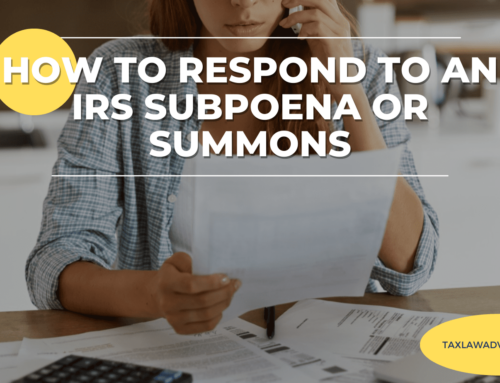Dealing with tax debt can feel overwhelming and stressful, especially if you are unsure how to pay off what you owe. The IRS Fresh Start Program offers relief to struggling taxpayers by providing various options to help manage or reduce tax debt. If you’re facing a significant tax burden, the Fresh Start Program could be the lifeline you need. In this blog, we’ll break down the components of the Fresh Start Program, explain eligibility criteria, and outline how Tax Law Advocates can help you navigate the process.
What Is the IRS Fresh Start Program?
The IRS Fresh Start Program, introduced in 2011, was designed to assist individuals and small businesses in managing their tax debts in a way that is both realistic and financially manageable. It includes several tax relief options that provide taxpayers with the flexibility to repay their debt over time or even settle for less than the full amount owed. The program aims to help taxpayers avoid harsh penalties such as tax liens or wage garnishments, making it easier to regain financial stability.
The Fresh Start Program is a combination of different tax relief tools, including:
– Installment Agreements: Monthly payment plans that allow you to pay off your tax debt over time.
– Offer in Compromise (OIC): Settling your tax debt for less than the total amount you owe.
– Penalty Abatement: Reduction or elimination of penalties associated with unpaid tax debts.
– Lien Withdrawal: Removing a federal tax lien from your record after resolving your tax debt.
The program is designed to offer relief to those who are genuinely struggling, but it’s not a one-size-fits-all solution. Let’s explore who is eligible and how you can apply.
Who Is Eligible for the Fresh Start Program?
Eligibility for the Fresh Start Program varies depending on the specific relief option you’re interested in. Here are some general criteria that apply to most provisions within the program:
- Current Tax Filings: You must have filed all required tax returns. If you’re behind on filing, you’ll need to get up to date before being considered for the program.
- No Open Bankruptcy Proceedings: The IRS does not allow taxpayers in active bankruptcy to apply for Fresh Start relief.
- Financial Hardship: To qualify, you must demonstrate that paying your tax debt in full would cause significant financial hardship. The IRS will evaluate your income, expenses, and assets to determine if you meet this requirement.
- Tax Debt Under $50,000: Your total tax debt (including penalties and interest) must generally be under $50,000 for installment agreements. There is no specific dollar limit for the Offer in Compromise, but your ability to pay is the critical factor.
- Current Payments: If you’re applying for an installment agreement, you must be current with estimated tax payments and federal tax deposits for businesses.
Key Benefits of the Fresh Start Program
The Fresh Start Program offers several benefits that can help you manage or reduce your tax burden:
1. Extended Payment Terms:
The Fresh Start Program offers longer repayment periods, making monthly payments more affordable for taxpayers. This can significantly ease the financial strain and help you avoid defaulting on your payments.
2. Offer in Compromise:
Under this option, you can settle your tax debt for less than what you owe if you can prove that paying the full amount would cause financial hardship. This can be a huge relief for those facing overwhelming tax debt.
3. Penalty Relief:
The Fresh Start Program may reduce or eliminate penalties associated with your unpaid tax debt. Penalties can quickly add up and make it even more difficult to pay off your taxes, so penalty abatement can provide significant financial relief.
4. Lien Withdrawal:
Tax liens can severely damage your credit and make it difficult to obtain loans or other forms of financing. The Fresh Start Program offers the possibility of withdrawing tax liens after your tax debt is settled, helping you restore your financial health.
5. Improved Credit Score:
By resolving your tax debt and having any liens withdrawn, your credit score can improve, giving you better financial opportunities in the future.
Steps to Apply for the IRS Fresh Start Program
If you believe you qualify for the Fresh Start Program, follow these steps to apply:
1. Assess Your Eligibility
Before applying, it’s crucial to ensure that you meet the eligibility requirements for the specific Fresh Start relief option you are considering. If you’re unsure, consulting a tax professional like Tax Law Advocates can help clarify your situation and guide you in the right direction.
2. Gather Financial Documentation
The IRS will need detailed information about your financial situation, including income, expenses, and assets. Gather recent pay stubs, bank statements, tax returns, and other financial records that can support your application.
3. Choose Your Payment Option
The Fresh Start Program includes several tax relief options:
– Installment Agreement: If you choose this option, you’ll need to decide between a short-term or long-term payment plan.
– Offer in Compromise: You’ll need to calculate how much you can realistically offer to settle your debt based on your financial situation.
– Penalty Abatement: If you believe you qualify for penalty relief, you’ll need to provide documentation showing why penalties should be reduced or removed.
4. Submit Your Application
Complete the necessary forms for the relief option you are seeking:
– For an Installment Agreement, use Form 9465.
– For an Offer in Compromise, complete Form 656 and Form 433-A (OIC) or Form 433-B (OIC) for businesses.
Ensure that all forms are completed accurately and include all required supporting documentation. Submit your application to the IRS either online or by mail, depending on the program’s requirements.
5. Wait for IRS Review
Once you’ve submitted your application, the IRS will review your case and assess your financial situation. This process may take some time, especially for Offers in Compromise, so it’s important to be patient.
6. Follow Through on Payments
If your application is approved, make sure to follow through on the agreed-upon payments or other terms. Missing payments could result in the IRS revoking the agreement, leaving you back at square one.
How Tax Law Advocates Can Help
Applying for the IRS Fresh Start Program can be a complex and time-consuming process, but with the right help, you can navigate it successfully. Tax Law Advocates specializes in assisting individuals and businesses with tax debt resolution, including Fresh Start Program applications. Here’s how we can help:
– Evaluate Your Situation: We will review your financial situation to determine whether you qualify for the Fresh Start Program and which option is best suited for you.
– Prepare Your Application: Our team will ensure that your application is filled out accurately and that all required documentation is included to avoid unnecessary delays or rejections.
– Negotiate with the IRS: We will handle all communications with the IRS on your behalf, negotiating the best possible terms for your installment agreement, Offer in Compromise, or other relief options.
– Ongoing Support: Even after your application is approved, we provide ongoing support to ensure that you stay compliant with the terms of your agreement and avoid future tax issues.
If you’re struggling with tax debt, the IRS Fresh Start Program could provide the relief you need to regain financial stability. Don’t navigate this complex process alone—let the experts at Tax Law Advocates help you take control of your tax situation. Contact us today at 855-612-7777 or visit our website to schedule a consultation and get started on the path to resolving your tax debt.

